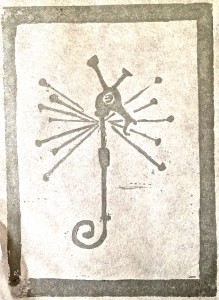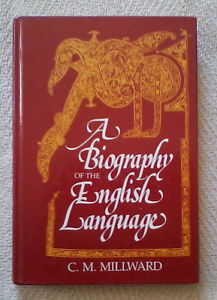 Not much October travel, yahoo! Game-wise it’s still StarDew Valley and Skyrim on computer and console, D&D5E and Star Wars RPG (Fantasy Flight) for tabletop.
Not much October travel, yahoo! Game-wise it’s still StarDew Valley and Skyrim on computer and console, D&D5E and Star Wars RPG (Fantasy Flight) for tabletop.
In television, I’m happy to have a new season of DC Legends and The Flash start; I’ve been working my way through The Arrow and am finishing up Season 2 now, but it lacks the humor and sweetness of the other two. We did finally get around to watching season 1 of Stranger things, which didn’t really grab me much at first, but finally won me over. We finished that up last night and are looking forward to season 2.
As part of my reading, I did learn how to pick a lock this month, or at least have gotten to the point where I can pick the practice one in about ten seconds (which makes me feel a little badass, but in a pretty limited way) and also understand both how a skeleton key works and what a padlock shim is. I figure this will be a useful skill, post zombie-apocalypse. Maybe. Lotsa story ideas brewing from it, though, including a new Serendib piece.
Here’s the books I read:
Anonymous. Visual Guide to Lockpicking.
Michael Bishop. Light Years and Dark. One of the strongest anthologies I’ve ever had the pleasure to come across.
Leigh Brackett. The Long Tomorrow.
Rutger Bregman. Utopia for Realists: How We Can Build an Ideal World. Great argument for basic income, lots of fascinating history of what’s been tried (and worked with amazing effectiveness).
Chesya Burke. Let’s Play White.
Chesya Burke. The Strange Crimes of Little Africa.
Robert Coram. Boyd: The Fighter Pilot Who Changed the Art of War. Interesting bio, particularly if you’re curious about 4GWarfare since his concepts inform it.
Tananarive Due. The Black Rose.
Tananarive Due. My Soul to Keep.
George Alec Effinger. Heroics.
Laurie Forest. The Black Witch.
Victor Gischler. Ink Mage.
Robert Graves. Watch the North Wind Rise. Well, that was interesting, is all I’m going to say about that.
Charlaine Harris, Day Shift.
Brandon Massey. Whispers in the Night.
Anne McCaffrey and Elizabeth Ann Scarborough. Space Opera.
Nnedi Okarafor. Binti.
Lorenzo Pecchi and Gustavo Piga. Revisiting Keynes: Economic Possibilities for Our Grandchildren.
Declan Shalvey. Deadpool vs. Old Man Logan #1.
Michael Swanwick, Being Gardner Dozois.
Pamela Samuels Young. Buying Time.





